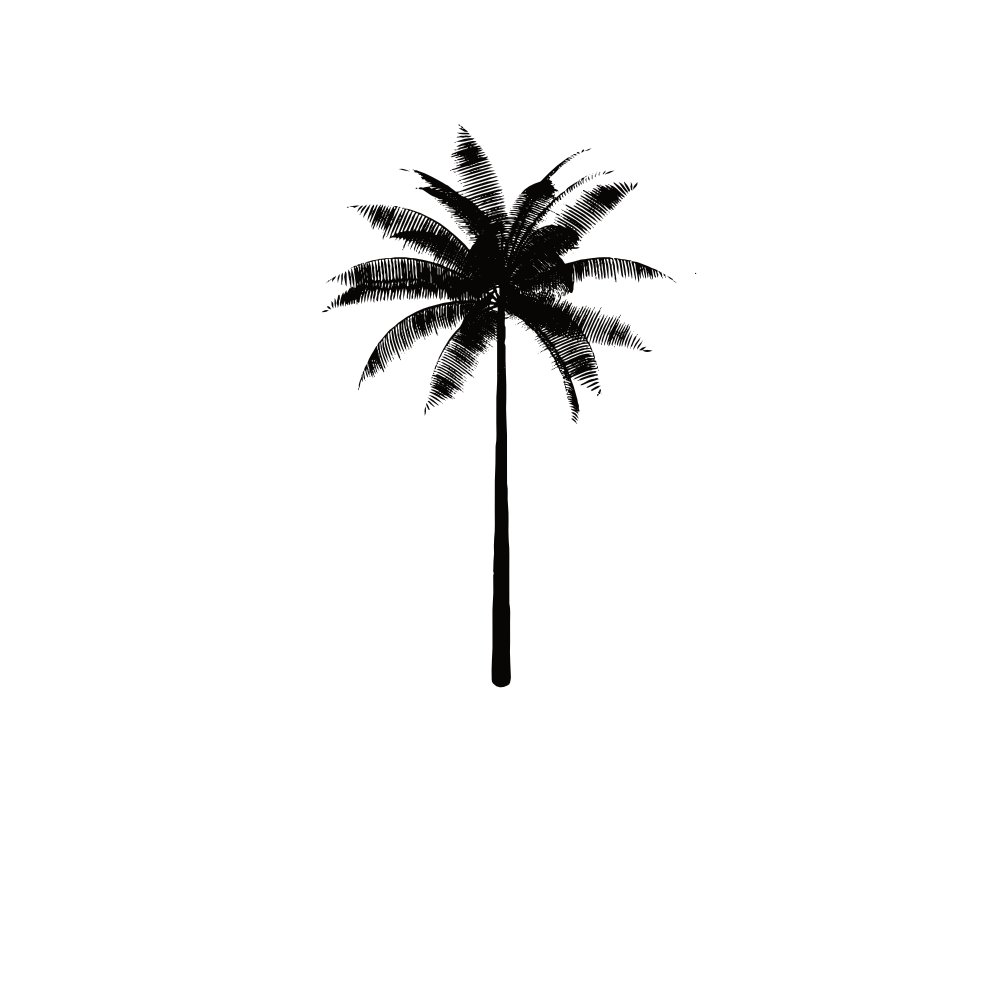

TRANSLATION
‘Many choirs’ (Xhosa); may have also emerged as a Xhosa pronunciation of ‘my choir’ in English.
Other names: Amakwaya
INSTRUMENTS & TECHNOLOGY
Acapella singing, though occasionally might feature the uhadi 1. Phonographic recordings also played an important role in transmission of musical repertoire 2.
INFLUENCES
European church harmonies, Xhosa rhythms and overlapping singing style, American ragtime and gospel singing.
VARIATIONS & DERIVATIVES
Subgenres include Amaculo eMusic (British and African popular choral songs), Amaculo esiZulu (traditional songs arranged for choir) and Amaculo eRagtime (Local and American pop tunes arranged in a ragtime style) 3.
DESCRIPTION
Makwaya (or amakwaya) is one of the oldest documented forms of syncretic South African music. Though the term ‘makwaya’ is also used to denote a form of traditional African bow music, it is most commonly used to reference a four-part harmony style of acapella singing. This singing style, which originated in the late 1800’s amongst Africans educated in missionary schools, is a fusion of European church-influenced harmonies (exemplified in the use of parallel fourths, fifths and octaves) and Xhosa rhythmic elements (exemplified in the use of a call and response format). American ragtime and gospel singing styles may have also influenced makwaya singing beginning in the early twentieth century 1, 4, 5
Once makwaya emerged as a popular genre, various social entities went on to direct its public reception and popularity. From the onset, religious and academic institutions helped advance makwaya’s popularity with the agenda of promoting a more “civilized” genre of African music that wasn’t particular to any one tribe 1. Early black nationalists and African aristocrats, facing public criticism for their part in both escalating and benefiting from South Africa’s worsening economic divide, publicly embraced makwaya music as a means of demonstrating allegiance to their ‘traditional African roots.’ They quickly became some of the strongest supporters of the genre – which they lauded for being a representation of traditional Zulu culture – and were responsible for influencing makwaya composers to include more traditional elements of Zulu poetry, lore and social and political commentary in their works. As a result, makwaya has come to historically symbolize the contradictions of the early nationalist struggle for how it embodies the black nationalist party’s simultaneous allegiance to (by way of makwaya’s similarities to European church choir traditions) and defiance of (makwaya’s embodiment of Zulu culture) the European expropriation of South African culture 1.
EXAMPLES
Xabanisa’s Xhosa Choir – “Banoyolo” (date unknown; available here):
Morning Light Choir – “Wonke Amakwaya” (date unknown; available here):
Enoch Sontonga – “Nkosi Sikelel’ iAfrika” (original version composed in 1897, available here):
SOURCES
Byerly, Ingrid. 1998. “Mirror, Mediator, and Prophet: The Music Indaba of Late-Apartheid South Africa.” Ethnomusicology 42.1: 1-44. Print.4
Coplan, David. In Township Tonight! South Africa’s Black City Music and Theatre, 2nd Edition. Chicago and London: The University of Chicago Press, 2008. Print. p. 923, 1402
Manuel, Peter. Popular Musics of 8the Non-Western World. New York: Oxford University Press, 1988. Print. p.1071
Martin, Denis-Constant. Sounding the Cape: Music, Identity and Politics in South Africa. Cape Town: African Minds, 2013. Print.5
